Sun safety
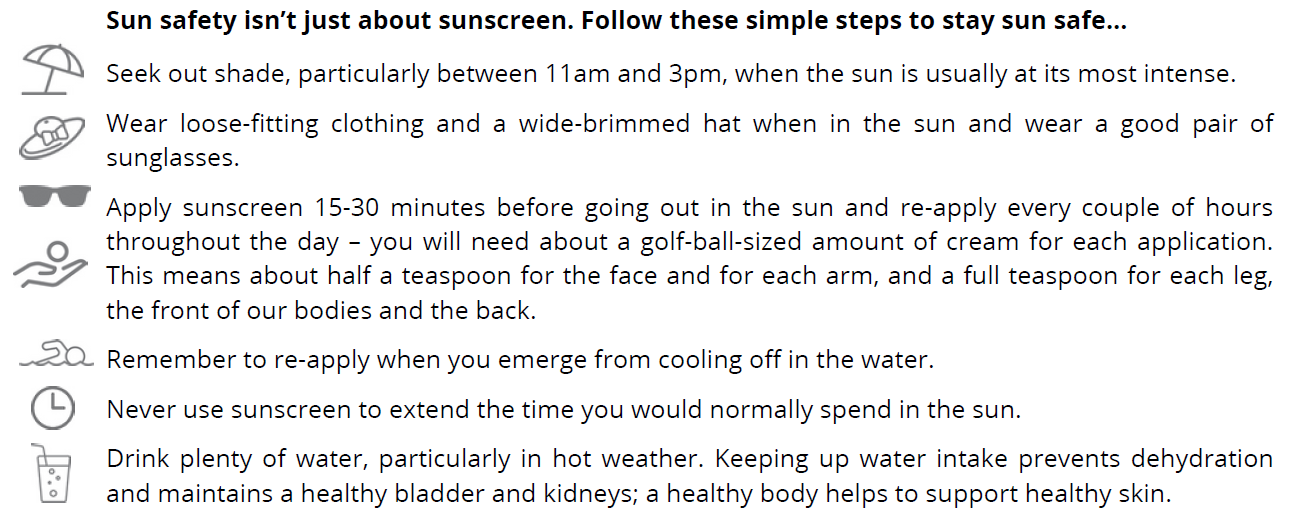
Sunscreens! Your burning questions answered
CTPA receives lots of enquiries about sunscreens. We’ve collected together and answered the most common ones.
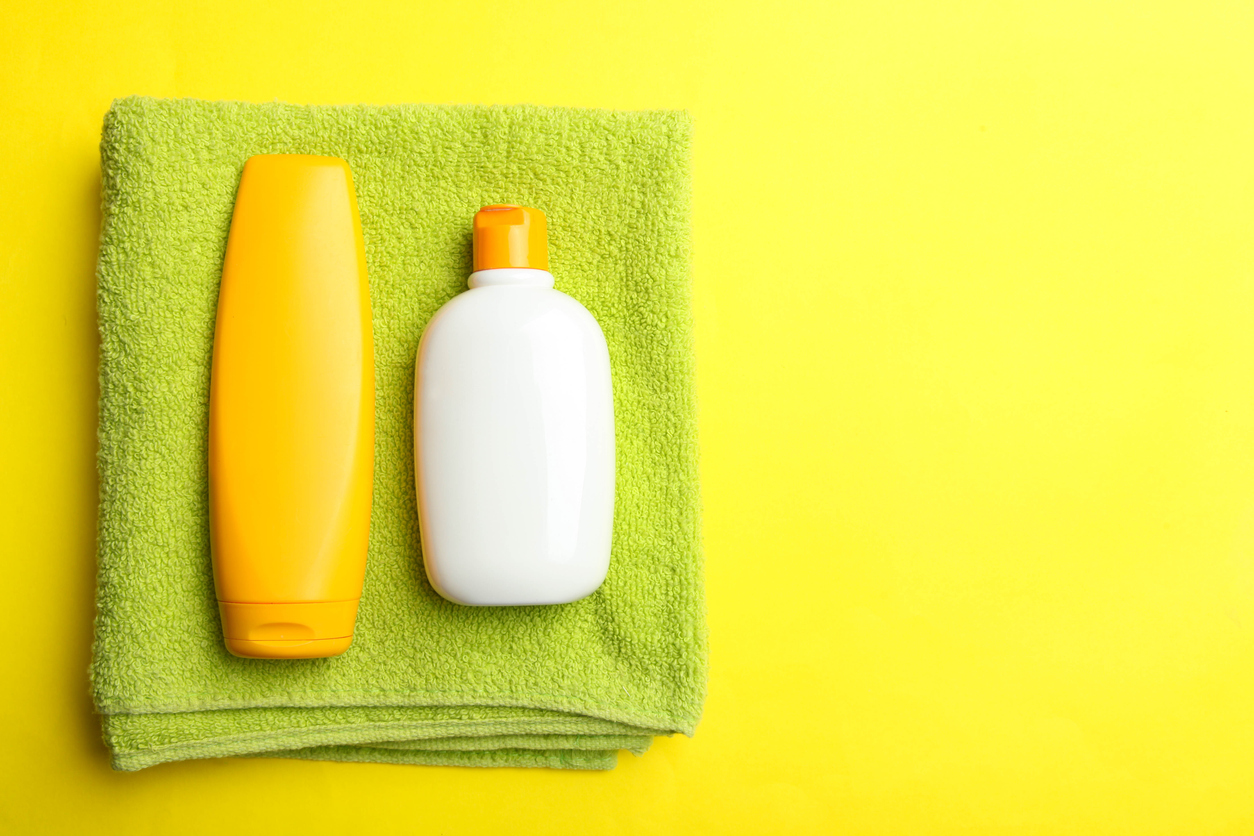 What is a sunscreen?
What is a sunscreen?
Sunscreen is a topically applied product that helps protect our skin from the sun. Sunscreens are also commonly called sun protection products or sun cream.
What is the difference between UVA, UVB and UVC?
-
 Ultraviolet (UV) A, B and C rays form part of sunlight. They are all related but are all slightly different and so have different effects on the skin.
Ultraviolet (UV) A, B and C rays form part of sunlight. They are all related but are all slightly different and so have different effects on the skin. -
Most of the damage to our skin from the sun comes from UVA and B rays.
-
UVC rays are blocked by the ozone layer so they don’t reach us.
-
UVB rays penetrate the outer skin layer. They can damage the cells, causing the skin to become inflamed or sunburnt.
-
UVA rays penetrate more deeply causing direct damage to the skin's supporting tissues, contributing to visible skin ageing.
- Both UVA and UVB rays are attributed to causing skin cancers of several kinds.
Which protection level should I use?
-
 'Low’, ‘Medium’, ‘High’ or ‘Very High’ ratings can be found on the product, so you can choose the level of protection most suitable for your skin type.
'Low’, ‘Medium’, ‘High’ or ‘Very High’ ratings can be found on the product, so you can choose the level of protection most suitable for your skin type. -
Aim for a sunscreen with at least SPF (Sun Protection Factor) 15 and remember to apply the correct amount.
-
Ensure your sunscreen has UVA protection.
-
Aim for a sunscreen which is water-resistant.
-
Choose a sunscreen that you find comfortable to wear, as this will help you use it regularly.
Remember that sunscreen should never be used to stay in the sun for longer.
When should I apply sunscreen?
-
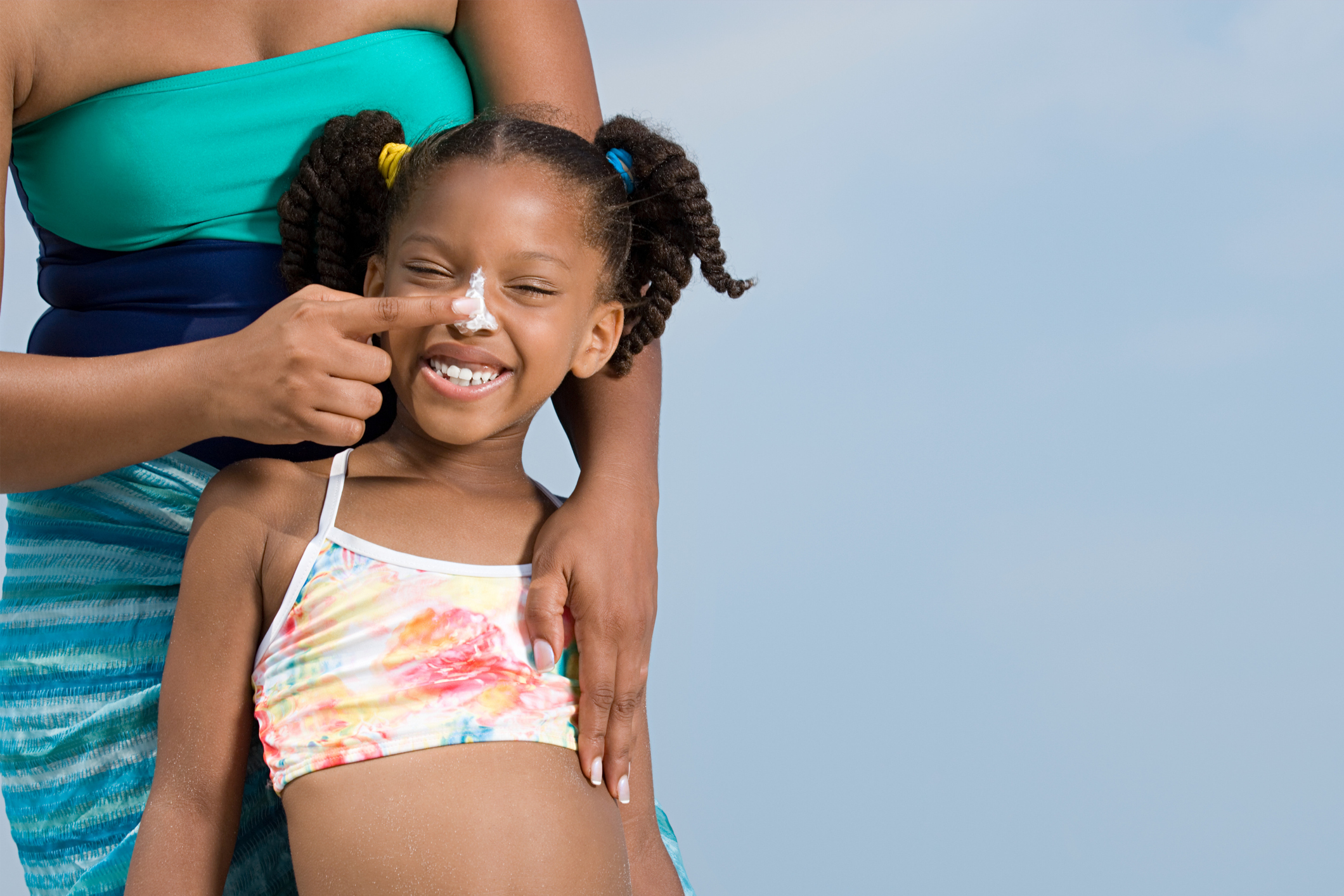 Sunscreen should be applied and allowed to dry on the skin 15-30 minutes before you go out in the sun.
Sunscreen should be applied and allowed to dry on the skin 15-30 minutes before you go out in the sun. -
Sunscreen should be re-applied often (at least every 2 hours - or more frequently if washed, rubbed or sweated off).
-
It is important to reapply sunscreen to maintain the expected level of protection.
How much sunscreen should I apply?
-
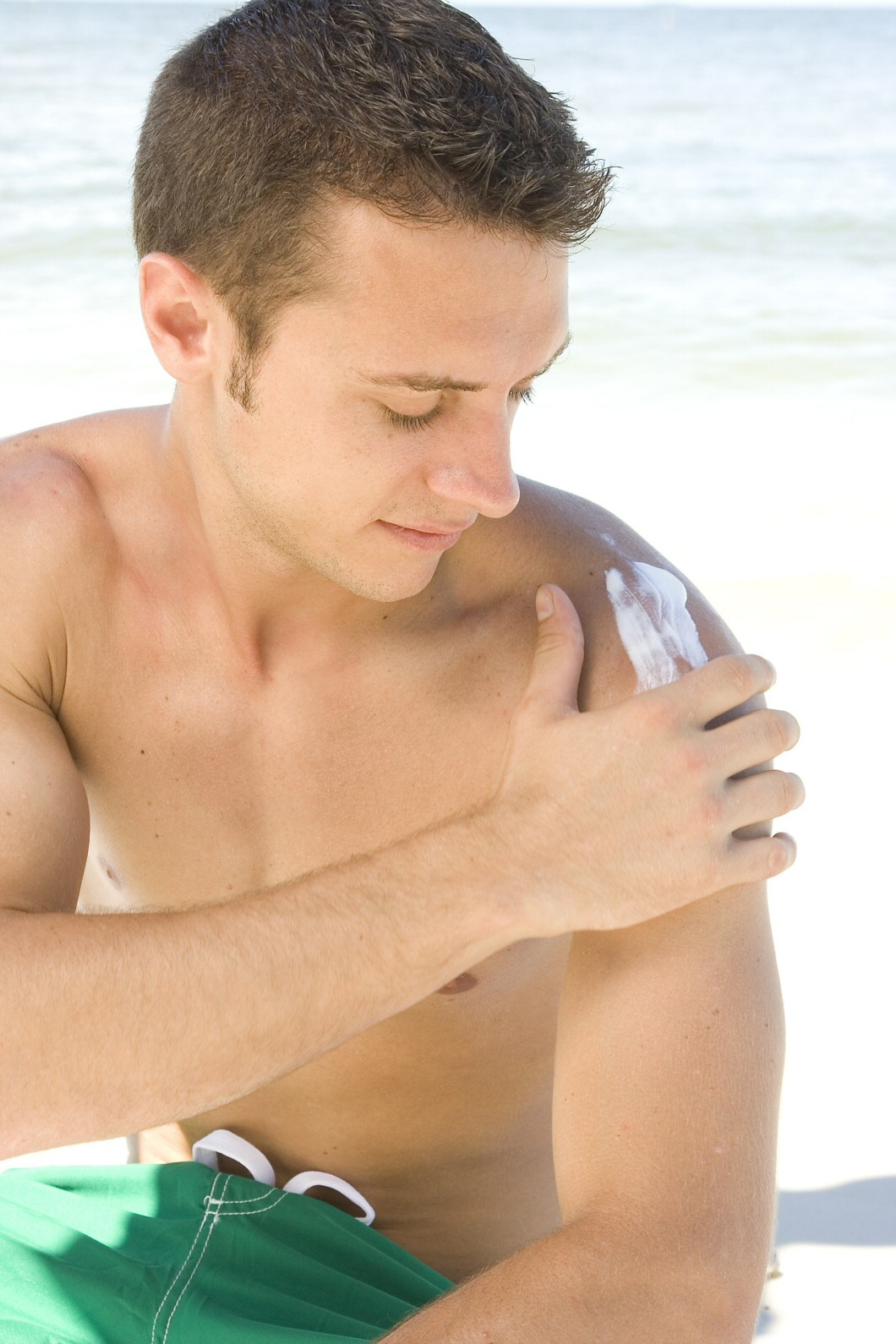 Make sure you follow the instructions on how much and when to apply your sunscreen and to reapply.
Make sure you follow the instructions on how much and when to apply your sunscreen and to reapply. -
Sunscreen is often labelled with instructions such as "apply generously" or "apply liberally". The recommended amount to be applied is based on 2mg/cm2 body surface area, the amount used in the scientific test to determine the product is effective. This is quite hard to visualise, but it can be more easily thought of as about 35ml for an average person or a "golf ball" size amount per body; or six to eight teaspoons.
-
Distribute this evenly across your body, trying not to miss any areas. Think of applying a good teaspoonful for each arm, a little more than this for each leg and two more for your chest and back.
-
Don't forget sneaky areas such as ears and under the chin, or the soles of the feet if you're going to be lying down with them exposed to the sun! These areas can burn very easily.
-
If you are using a spray sunscreen, spray generously in short bursts focusing on a small area of skin at a time, to leave a thick and even layer. Always rub it in!
-
If you're not sure whether you've covered all of your skin, you might want to consider applying another layer of sunscreen to make sure you don't miss any patches. To use an analogy, when you are painting a wall, it often helps to add a second coat to ensure an even finish with no gaps!
What is the difference between body and facial sunscreens?
-
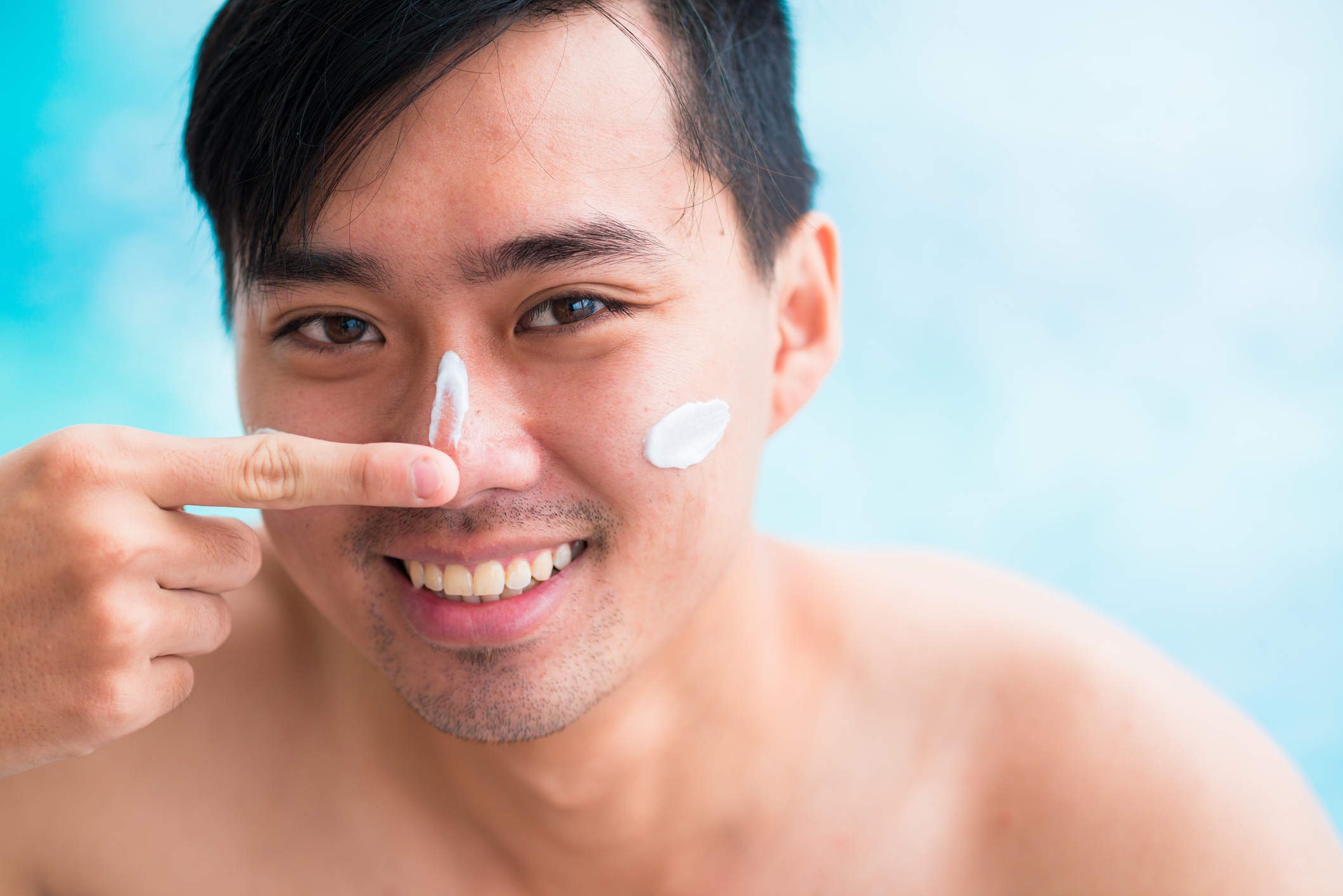 There is no difference between the level of protection offered by sunscreens for the face and for the body. A face sunscreen which provides SPF 30, will offer the same level of protection as an SPF 30 body product.
There is no difference between the level of protection offered by sunscreens for the face and for the body. A face sunscreen which provides SPF 30, will offer the same level of protection as an SPF 30 body product. -
For the purpose of sun protection, consumers do not need to use a sunscreen product specific for the face and a product specific for the body but companies want to offer consumers the option to choose the product which they feel most comfortable using.
-
Face sunscreens can be formulated to tailor other specific needs for the skin (e.g. oily skin, dry skin, sensitive skin, mature skin) and might be sold in smaller packaging than body products to ensure they can be carried around during daily activities and reapplied often.
Can I just use a moisturiser or foundation with SPF?
-
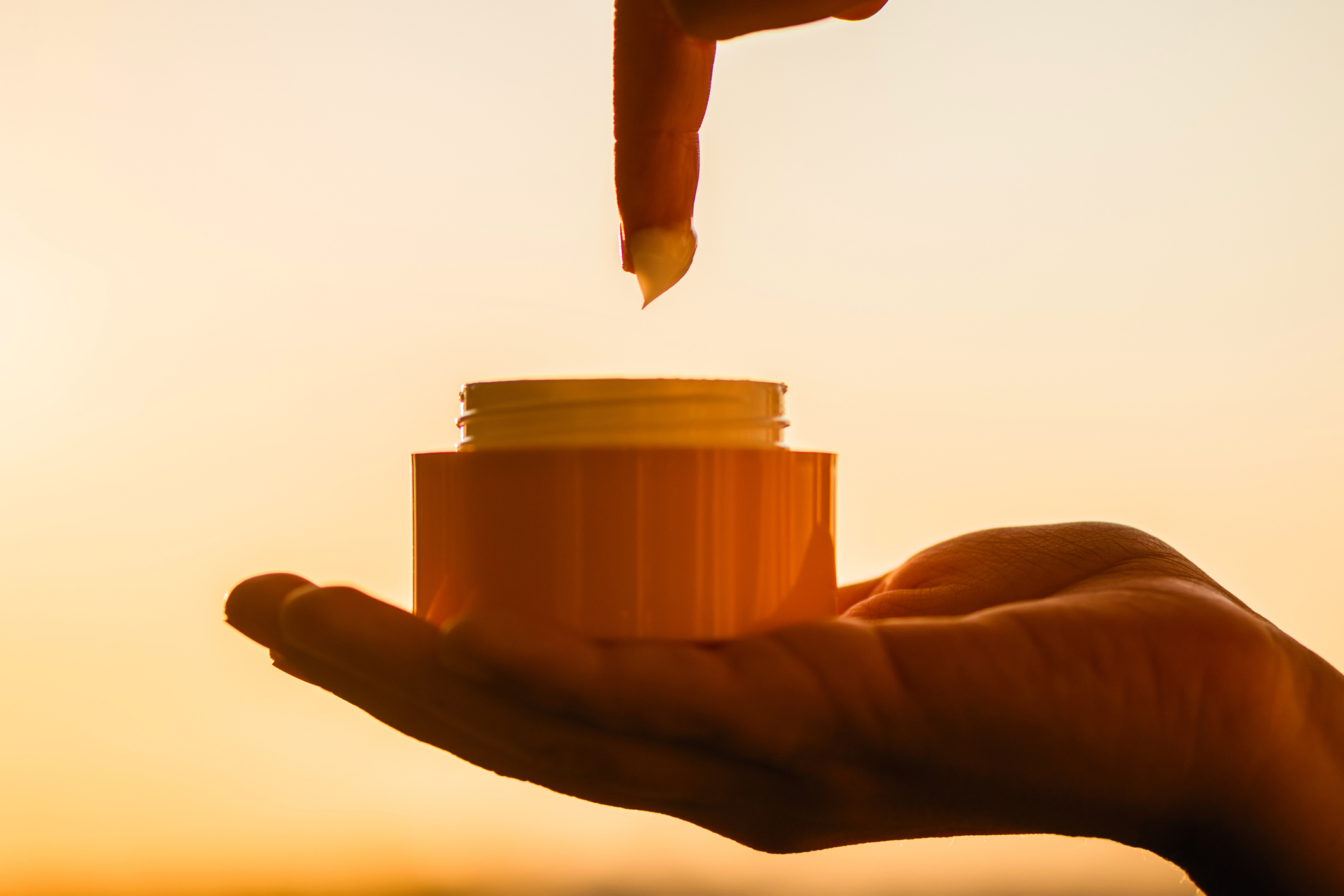 UV rays and this helps combat the ageing effects of UV when out and about doing normal daily activities.
UV rays and this helps combat the ageing effects of UV when out and about doing normal daily activities. -
These products are not intended to be used first and foremost as sun protection: their main function is as a moisturiser or make-up and should be used in the same way you would use any other product of that type, with the added benefit that they help protect against incidental sun exposure.
-
If you're wearing a moisturiser or make-up with SPF and you're going to spend time in the sun, you still need to apply sunscreen.
Am I protected in water?
-
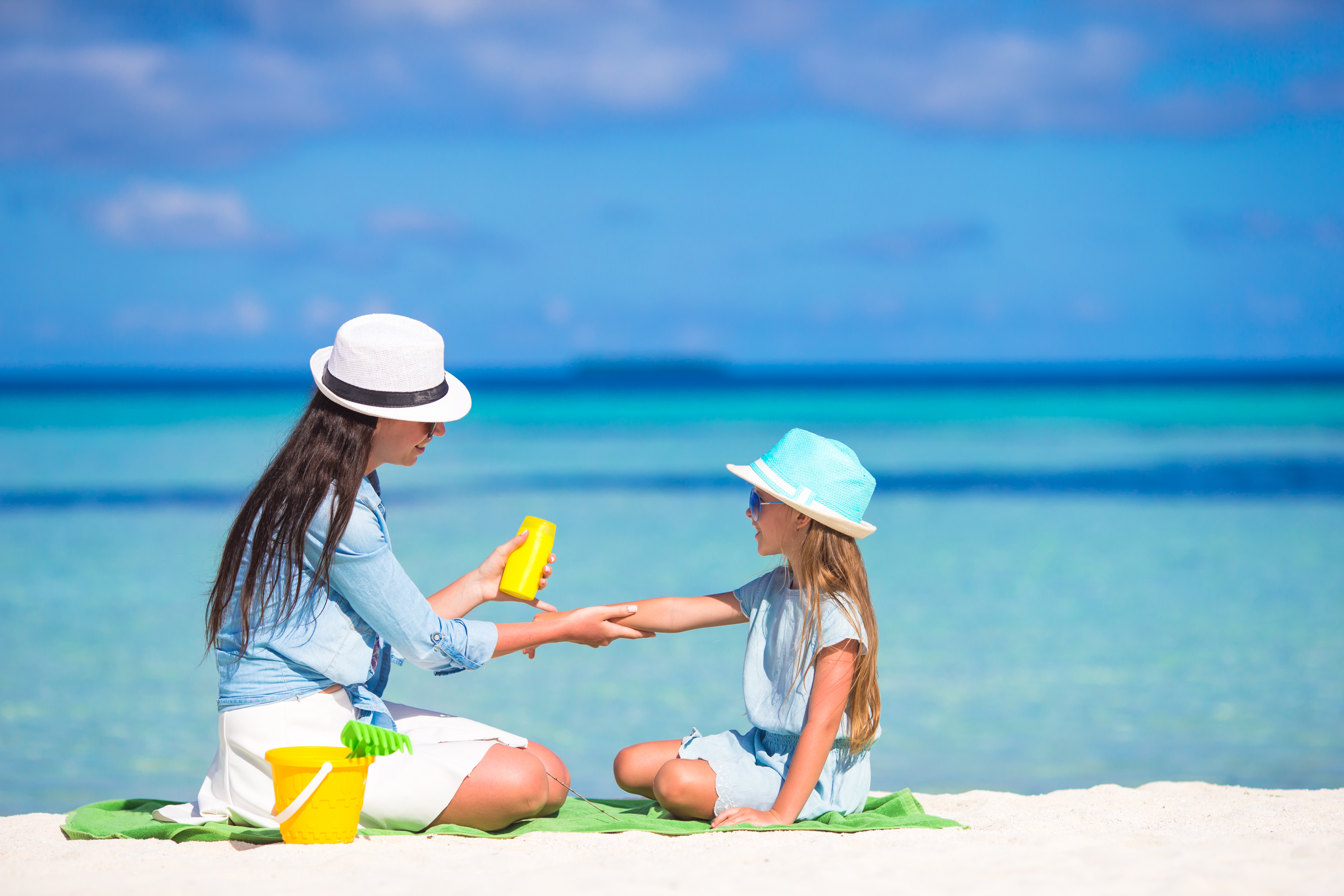 UV rays can penetrate water to a depth of at least 10 metres when the sun is overhead.
UV rays can penetrate water to a depth of at least 10 metres when the sun is overhead. -
Remember that the cooling effect of the water may be deceptive and mask severe sunburn, which only becomes apparent after leaving the water. It is important to use a water-resistant sunscreen when swimming, particularly between 11.00am and 3.00pm.
-
After swimming, even water-resistant sunscreens should be reapplied.
I have darker skin tone - do I still need to use sunscreen?
-
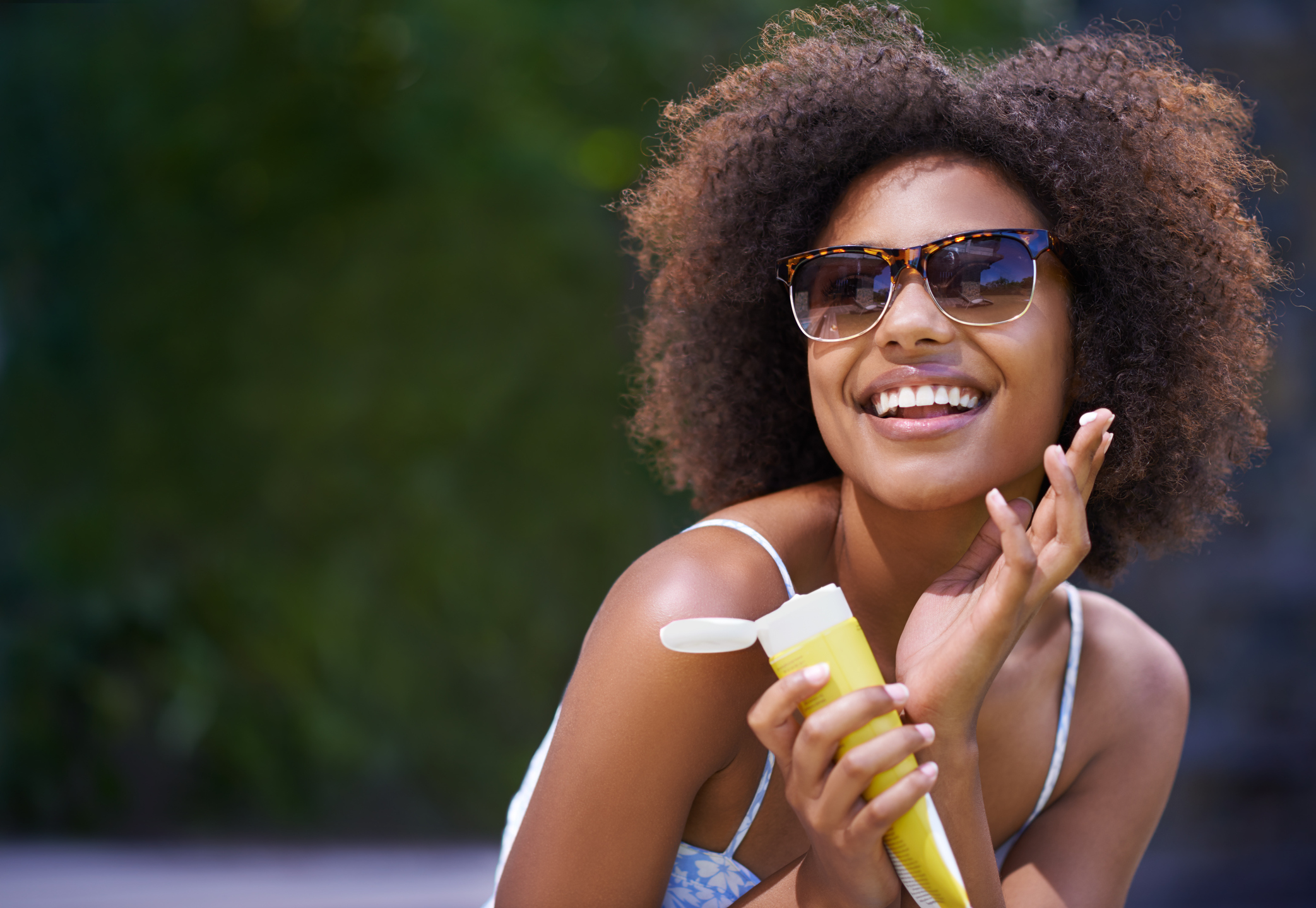 Even if you have a skin type which is less prone to burning in the sun, the purpose of sunscreen is so much more than reducing the risk of sunburn.
Even if you have a skin type which is less prone to burning in the sun, the purpose of sunscreen is so much more than reducing the risk of sunburn. -
UV damage from sun exposure occurs in all skin types and tones, and sunscreen helps protect against this.
-
For example, skin which develops colour in the sun more easily can show dark spots as a visible sign of UV damage.
-
Using sunscreen can reduce the risk of hyperpigmentation.
-
80% of the signs of skin ageing occur directly as a result of sunlight. Everyone can protect against the signs of premature skin ageing, such as lines and wrinkles, by using sunscreen.
Protecting children and babies
-
 It is important to try and keep sun exposure to a minimum for young children and especially babies under the age of 6 months.
It is important to try and keep sun exposure to a minimum for young children and especially babies under the age of 6 months. -
Children should cover up in the sun and play in the shade where possible and use a sunscreen with at least SPF 30, with UVA protection and which is water resistant.
How long can I keep my sunscreen for?
-
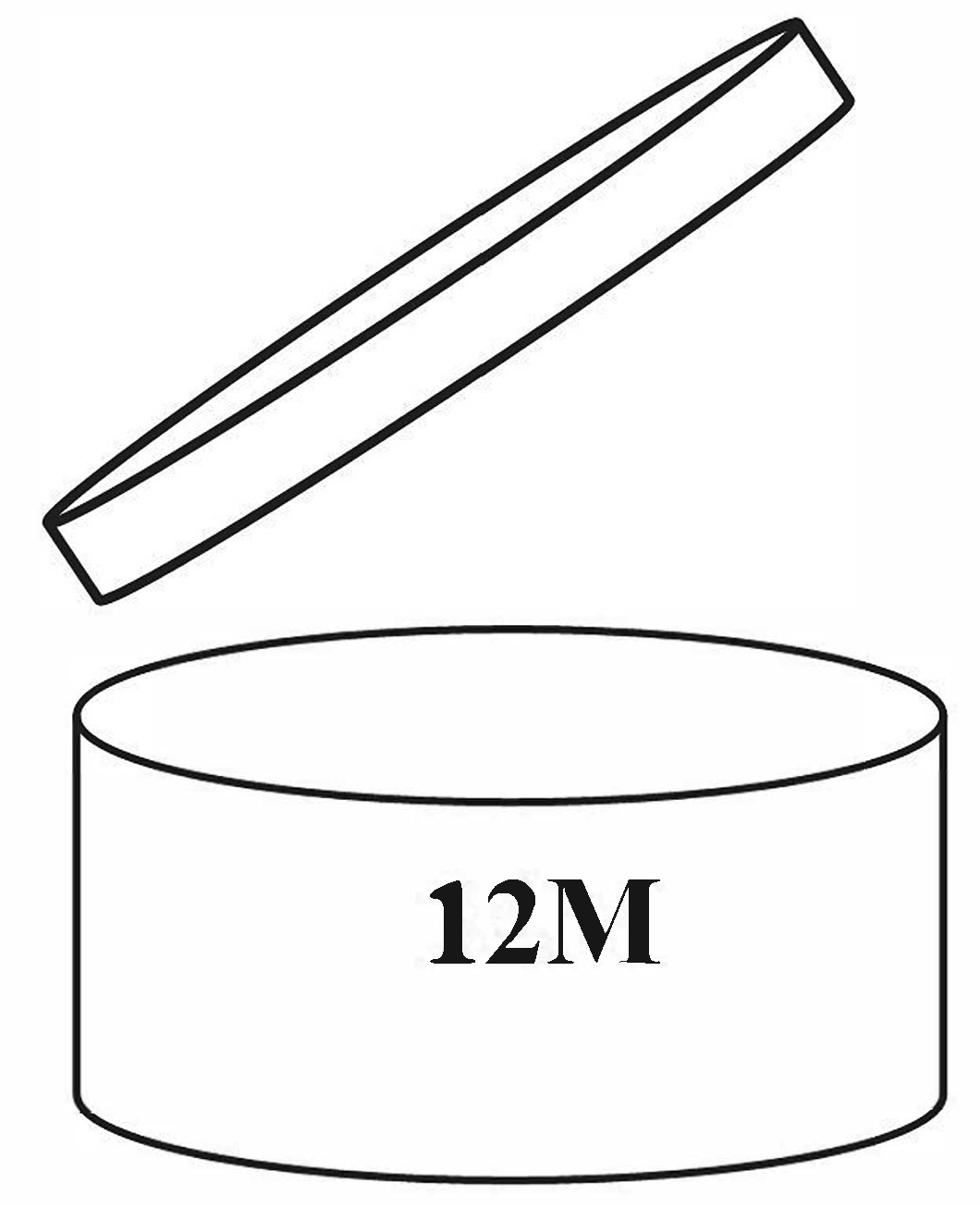 Look for the symbol on the label showing an open jar containing a number.
Look for the symbol on the label showing an open jar containing a number. -
The number indicates the number of months that you can use the product after it has been opened. This is usually 12 months for sunscreens.
-
You may find it helpful to write the date that you opened the product on the packaging in permanent marker, to help you remember when to stop using it.
-
In the rare case that the manufacturer knows that its sunscreen has a shelf life of less than 30 months, it will be labelled with a ‘best before’ date. This can be shown using the 'egg timer' symbol followed by the date, or the words, which can be abbreviated to BBE or Exp, followed by the date.
Sun protection in different climates
-
It is important to use a higher SPF when visiting hot countries. In the tropics, the season is always summer and the intensity of the midday sun is extremely high. When visiting, you should always use a sunscreen of at least SPF 30 and reapply frequently.
-
However, please remember that the burning power of the summer sun in the UK can be as great as in the Mediterranean and you should use sunscreen as part of your sun safe regime here in the UK too, choosing your SPF accordingly.
-
It is important to protect yourself from the sun when skiing. Snow reflects up to 90% of UV rays and, in addition, UV ray increases by 20% for every 1000m above sea level. For this reason, sun protection is vital in snowy conditions. Even in winter, there is sufficient UVB at skiing heights to cause severe burning. As a consequence, full precautions against UV damage should be taken, including sunscreens, clothing and goggles.
Will wearing sunscreen stop my body producing Vitamin D?
-
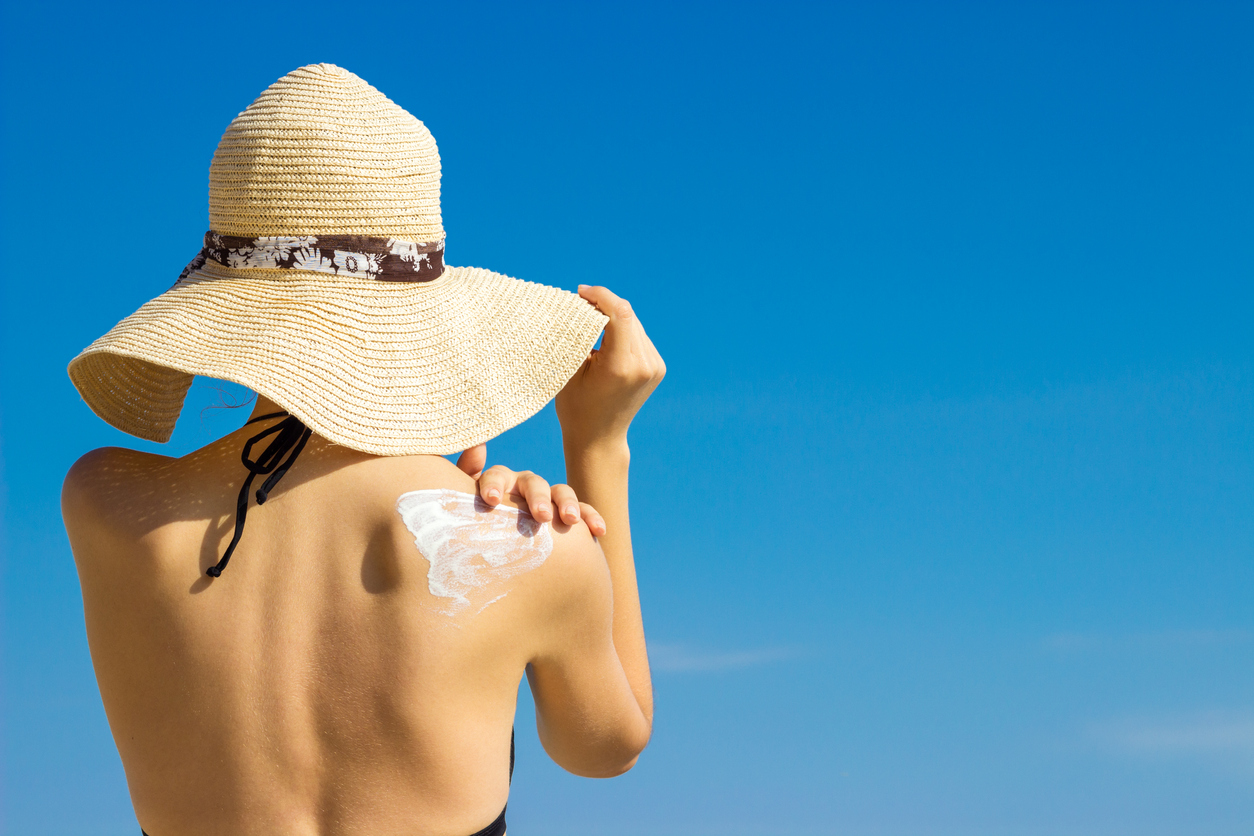 Scientific studies* have found that wearing sunscreen does not prevent vitamin D production.
Scientific studies* have found that wearing sunscreen does not prevent vitamin D production. -
Most people have sufficient exposure to the sun in their day-to-day lives to produce enough vitamin D without needing to be exposed to the sun without sunscreen.
-
The NHS advises that most people can make enough vitamin D by spending short periods of time outside during the summer months, with some skin exposed to the sun, and not allowing the skin to burn.
-
The NHS says it is difficult to know exactly how much time is needed in the sun. We also believe it is difficult for each person to judge what a safe short period of time in the sun is for them. For example, before the skin burns visibly, invisible changes can be taking place such as DNA damage.
-
Therefore, CTPA recommends to always wear sunscreen when in the sun during the summer months.
* Neale, R. E., et al, Br J Dermatol. 2019 Nov;181(5):907-915. https://doi.org/10.1111/bjd.17980
Young, A. R., et al, Br J Dermatol. 2019 Nov;181(5):1052–1062. https://doi.org/10.1111/bjd.17888
Can sunscreen harm coral?
-
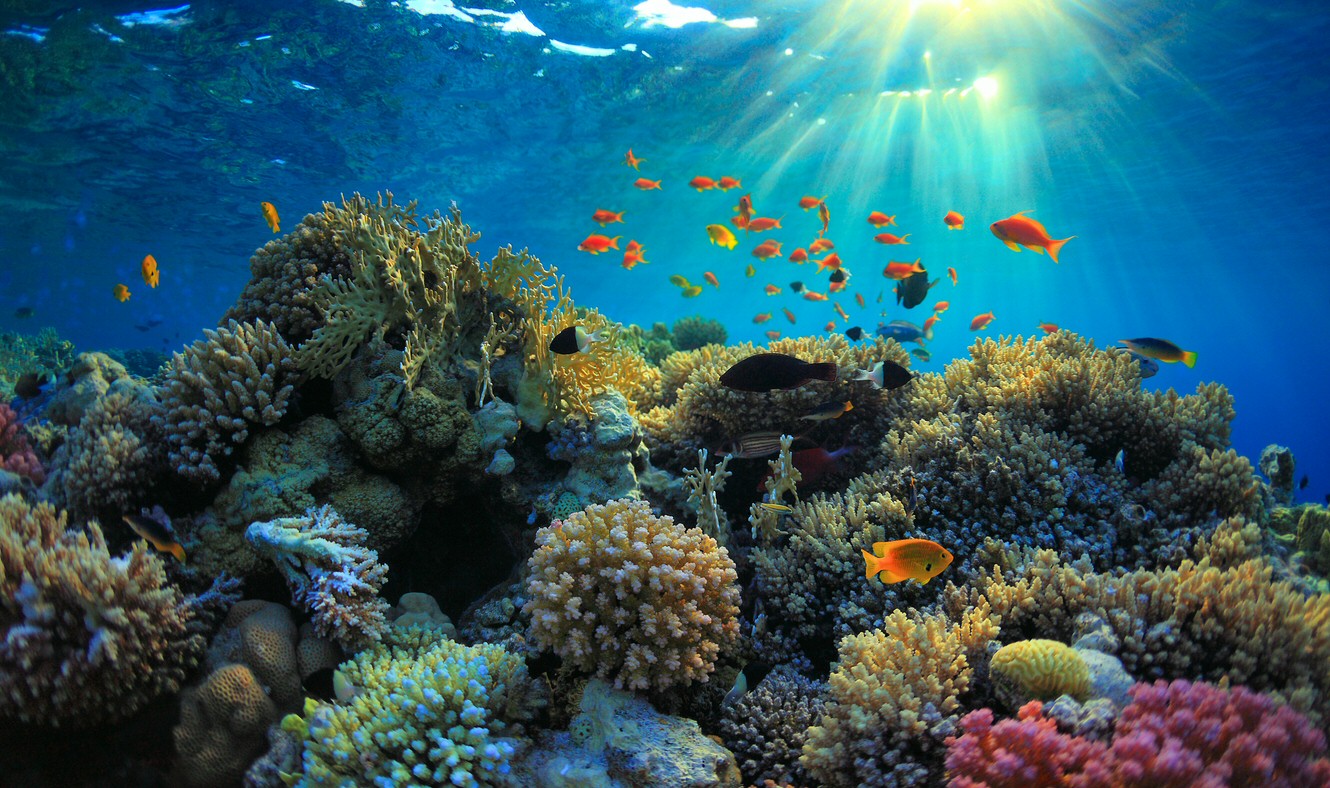 The cosmetics industry takes both its human health and environmental responsibilities very seriously. In the UK and EU, sunscreen ingredients must comply with laws regulating their safety for health and the environment.
The cosmetics industry takes both its human health and environmental responsibilities very seriously. In the UK and EU, sunscreen ingredients must comply with laws regulating their safety for health and the environment. -
Coral deterioration by climate change and other factors is rightly an urgent focus for scientists.
-
UV filters are some of the most studied of all cosmetic ingredients and there are no reliable studies showing UV filters harm the marine environment.
-
The cosmetics industry is passionate in ensuring that ingredients are safe for both our health and the environment and actively contributes to global science studies around coral reef exposure to UV filters through numerous published scientific papers.

